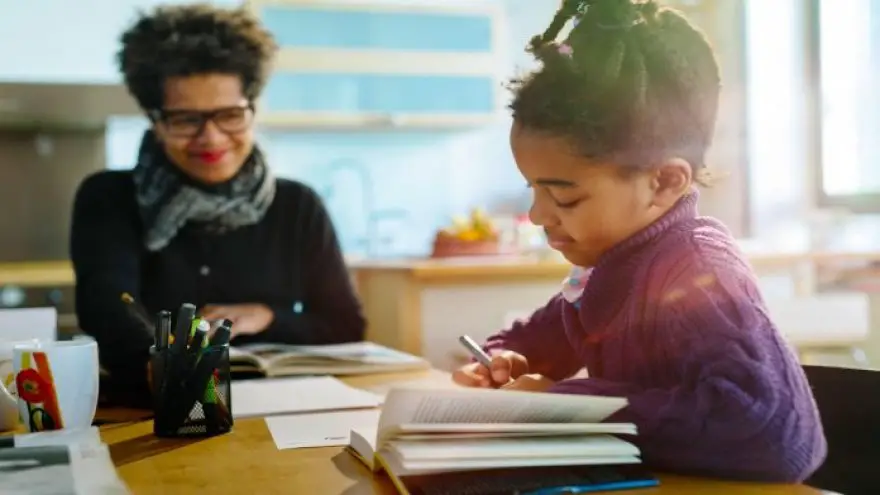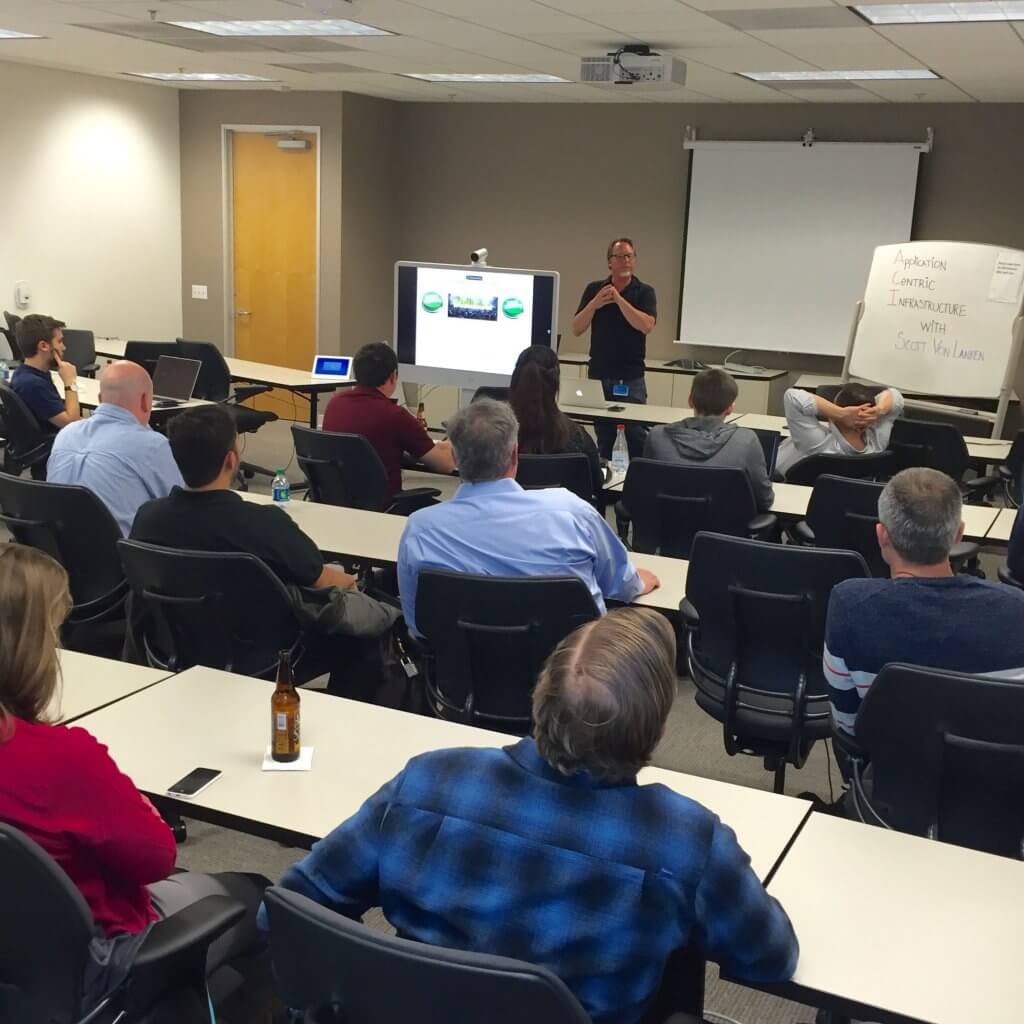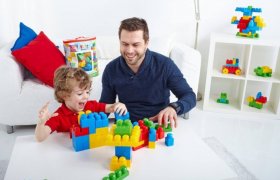Traditional School or Home School: What to Consider

Choosing the right educational path for your child can feel overwhelming. With a wide array of options, it might seem daunting to have to reason out what is best for your child’s specific needs. Everyone learns and thrives differently: some students work best with hands-on experience, others absorb information visually, and still others prefer a lesson plan more focused on the audial.
Some individuals shine when put in the spotlight or under pressure, and others do their best work within the comfort of semi-anonymity. Fortunately, there are many options available to help mold an educational experience that will best serve your child’s needs while encouraging their strengths.
Homeschooling, Public School, and Private School
The public and private school sectors have a great deal to offer, but plenty of parents are also considering homeschooling for their children. All three choices have systems and resources to benefit your child, as well as some potential obstacles and drawbacks. When sorting out which specific situation might best suit your family’s abilities and needs, consider the following.
Curriculum and Class Size
 Public schools are mandated to follow a curriculum set by their district, overseen by the Department of Education. The specificity of curricula is determined by a combination of district-regional, state, and national criteria. The point of this is to average where a child should be regarding basic scholastic skills by each grade-level and to determine which children might be falling behind or speeding ahead.
Public schools are mandated to follow a curriculum set by their district, overseen by the Department of Education. The specificity of curricula is determined by a combination of district-regional, state, and national criteria. The point of this is to average where a child should be regarding basic scholastic skills by each grade-level and to determine which children might be falling behind or speeding ahead.
This allows teachers and schools to assess the best way to facilitate a beneficial learning environment for the spread of their students’ abilities. It should be noted that class size for public schools is roughly one teacher to anywhere between twenty and twenty-six students, however, and with funding cuts, not every educator has the resources necessary to give the individualized attention some of their students might require.
Private schools, meanwhile, are still subject to base educational guidelines set by the state, but each school charter is allowed more leniency to customize their scholastic experience. The public school curriculum must adhere fairly rigidly to state criteria, while private schools have the flexibility to curtail the learning experience to students’ needs, so long as all children are still meeting standard requirements.
The class size is still on the larger side, clocking in at roughly twenty students per teacher, but the funding behind private schools is not subject to congressional whims, and thus tends to be steady and allow more staff and resources on-hand to assist students.
Homeschooling allows the most customization of a curriculum. Children are still meant to be compliant with the state’s basic scholastic levels (meaning that they should have learned the required material by the end of each grade/age level), but the homeschooling system does not mandate how or at what speed your children ought to be taught, as long as they eventually fulfill the checklist.
This option also allows the most individualized attention. Parents looking to homeschool must have at least a high school GED, and cannot be convicted of any crimes that would prevent them from teaching other people’s children. Outside of those parameters, you have the freedom to cultivate lesson plans however you please so long as your child retains the necessary information.
Cost
Public school is most likely your cheapest option when it comes to education. There is no tuition for in-district public education, though out-of-district tuitions are a rising trend for areas in which particular schools see an influx of attempted transfers. Which public school your child can attend is determined by what area of town you live in.
Based on your address, your child will be assigned the school for your district. There are plenty of tools online to help you research the public schools in your area and how they rank comparatively concerning students’ success and education. There are many solid public schools out there, and also some underfunded areas, so do your research if you’re vacillating about the best available education for your child.
You cannot be charged tuition for the particular school in your district, though there might be supplemental costs for scholastic supplies or extra-curricular programs.
Private school is the most expensive, though there are occasionally scholarship or work-study programs to help offset the costs of private education. On average, private school costs about $10,000 per year. (Elementary schools had a median of roughly $9,000 and in high school, it jumps to about $14,000.)
 This can vary from school to school; there are private schools that cost significantly more than this, and some that cost less. This tuition usually does not include additional school supplies, nor uniforms, which some private institutions require students to wear.
This can vary from school to school; there are private schools that cost significantly more than this, and some that cost less. This tuition usually does not include additional school supplies, nor uniforms, which some private institutions require students to wear.
Homeschooling is the middle-ground regarding financial strain, but the heaviest labor when evaluating time and energy spent focused on a child’s education. Homeschooling looks to cost about $900 per student per year in their early/elementary stages.
Since you’re in charge of lesson plans, you can obviously work to lower that number by utilizing more public resources (libraries, museums, and public broadcasting are all good options), but you may also find that your costs are a little higher, depending on what books, field trips, and other supplemental lesson plans you are providing.
Socialization and Behavioral Skills
Public and Private schools may vary concerning resources and cost, but the one thing that they make easier is helping your child learn to socialize. Early education for young children especially focuses heavily on learning behavioral skills and practicing cooperation with classmates and teachers.
Pre-K and Kindergarten teach children scholastic basics such as colors, numbers, animals, writing and reading–but equally valuable, they teach children important values such as the importance of generosity, the necessity of effectively communicating their feelings, and the ability to follow directions and behave politely in public (and private) situations. Elementary schooling expands upon this foundation. Educators are not only teaching academic subjects but also helping to cultivate healthy conduct amongst peers.
Homeschooling does not have to be lacking in this area, but it does require extra effort on the part of the parent(s). Naturally, homeschooling is meant to be a more individualized experience for students, but there are still plenty of opportunities to help your child socialize.
Certain homeschooling options might involve one parent or a tutor working with their child or children, but there are also plenty of small-group based systems. Even if you choose to be closer to a one-on-one scenario, there are local homeschooling groups that collaborate to form field trips and extra-curricular activities, as well as many community sports and arts programs available to your family.
HomeschoolingIf you’re interested in homeschooling, the best thing to do is start researching. Different states have different legal requirements for registering your children to homeschool, so pay close attention to what your different avenues are.
(In California, for example, you have five options: filing an affidavit and functioning as a private school, registering in a private school satellite program, hiring a credentialed tutor or becoming one yourself, using an independent study option at a local public school, or enlisting in a public charter school for homeschoolers.)
There are available curriculums that you can get a hold of and abide by, or you can create your own. Keep in mind that states do require annual testing in situations in which the parent or guardian is the educator, so self-made curriculums still have guidelines to follow.
Groups and Resources
 There are many online resources available to help fill your curriculum. A quick google search will yield plenty of websites and listed supplemental assistance. PBS has a section of its website dedicated to homeschooling tools and support. Additionally, there are local in-person support groups to help parents organize socialized learning events.
There are many online resources available to help fill your curriculum. A quick google search will yield plenty of websites and listed supplemental assistance. PBS has a section of its website dedicated to homeschooling tools and support. Additionally, there are local in-person support groups to help parents organize socialized learning events.
The Homeschool Mom and HSLDA (Homeschool Legal Defense Association) both provide the ability to search your area and find resources in your specific area on their websites. Reach out to those around you if you have questions and ask them to share their experiences.
Gaps
There are some misconceptions about homeschooling yielding students with lesser scores and academic success overall. In some states, the reading abilities of homeschooled children are actually higher than those of their public school contemporaries. But across the board, it does appear that we see something of a gap in Mathematics.
The disparity between homeschooled children and public school children appears frequently in the area of Math. Certainly, it is easier to teach your child basic reading skills and provide them with plenty of engaging books and materials than to try to explain complex math theorems and equations to them.
When we talk about gaps we should all be truly assessing the gaps in our own education. That’s a universal situation; we all are stronger in some areas and weaker in others in our learning, and we should be striving to fill those areas or outsourcing for help when we need it. Be aware of your own shortcomings in all aspects of teaching your children, not just when it comes to homeschooling, and acknowledge that it’s okay to ask for outside help when necessary.
Special Education Needs
There are plenty of reasons to pull your child from the standard school system and opt for a homeschool environment: perhaps they learn at a different pace or in a different style than their classmates, or maybe they are unhappy at the school(s) in your district due to negative class environments.
Children with special education needs and learning disabilities have proven especially to thrive in a homeschool setting, wherein you can tailor the speed and structure of the class to their specific strengths and weaknesses, and they are in familiar, encouraging surroundings. Check out the HSLDA’s page on “a struggling learner: for resources, frequent questions, and the ability to find local support or help.
It All Comes Down to Research
 There are plenty of ways to go about learning, and there’s nothing wrong with any of them, as long as you are monitoring your child’s progress and stepping in to help or outsource assistance in the areas in which they struggle.
There are plenty of ways to go about learning, and there’s nothing wrong with any of them, as long as you are monitoring your child’s progress and stepping in to help or outsource assistance in the areas in which they struggle.
You know your child’s needs better than most, so look into your available educational options and don’t be afraid to reach out and ask your community what their experiences have been.






